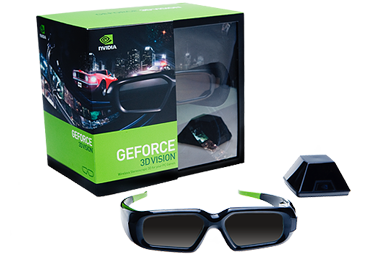Moderator: 3ne2nr Mods
aR&D wrote:What is the technical reason why placing a TV under a (split?) A/C unit a no-no?
will it be safe to place the TV on a wall that is at right angle to another wall, that has an A/C unit on it?
this thing getting difficult now
kes_vtec wrote:if your into podcast, you guys will love
http://leo.am/podcasts/htg/
Home Theater Geeks
Is the superior contrast of plasma worth the extra purchase price? The Series 9 may solve that argument.
To understand why plasma has a higher contrast and better blacks than LCD you need to know a little about how both technologies work. In a plasma screen, each individual pixel is effectively a single small light, capable of emitting red, green or blue at a range of intensities to create billions of colour combinations. To display black, the TV simply turns the light off.
An LCD however produces no light of its own, and is instead lit from behind in order to display an image. An entirely black image is displayed by turning the crystals opaque, white by making them transparent. The downside of this is that even when the crystals are entirely opaque, some light leaks through, so an image is never a true black.
Several different technologies are employed to backlight the screen. The most common of these is Cold Cathode Fluorescent Lamps (or CCFL) arranged around the edge of the panel.
While CCFL provides an even spread of light at low cost, it’s not perfect for television displays. The colour gamut – the number of different displayable shades – is limited, reducing the colour accuracy of skin tones and shadows. As a result, light emitting diodes (LEDs) are starting to replace CCFLs. LED backlighting uses lights around the edge of the panel, as CCFL does, but it requires much less energy to generate better colour accuracy and a wider colour gamut. Unfortunately, as with CCFL, LED still ‘bleeds’ through the screen on dark images.
Recently, manufacturers have tried to solve the backlight bleed problem by introducing Dynamic Contrast, whereby the overall brightness of the screen is adjusted for light and dark scenes. To adjust the overall brightness, the monitor has to analyse the image brightness level. That takes time, and creates a delay between when the image is displayed and when the backlight is adjusted. The change is visible as fading, flashing or stuttering. The other flaw is that in high contrast scenes, such as a lit window in a shadowy room, the dynamic contrast can’t effectively judge overall brightness.
The Series 9 is different. Samsung has broken with tradition and designed a new lighting system. Rather than illuminating the entire panel from the edges, the backlight LEDs are positioned behind the pixels, individually controlled to the optimal brightness for the colour being displayed.
This shift in thinking means that the Series 9 now has the best of both worlds - but at a much higher price for backlit LED

Duane 3NE 2NR wrote:a top of the line Plasma will still have deeper colour and better black levels than even a backlit LED since the LED is still using the opaque pixel technique to show black as a standard LCD.
Also keep in mind that there are cheap shiddy plasmas too that will make even a cheap LCD look good!


Return to “Ole talk and more Ole talk”
Users browsing this forum: VexXx Dogg and 86 guests